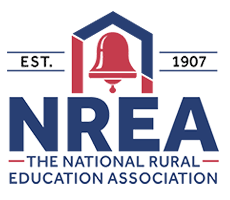Abstract
This article reports the findings of a study commissioned by the Montana Small Schools Alliance to explore the challenges and sustainability practices of frontier schools. A Montana frontier school is defined as a school district with 200 or fewer students with its attendant community located in a county with five or fewer people per square mile. The researchers surveyed teachers, administrators, and school board chairs in 141 frontier school districts and held six focus groups of community members. The top five most important challenges noted by school district personnel were low student enrollment, inadequate financial resources, unrealistic federal expectations, academically unmotivated students, and mixed grade levels of students in the classroom. School sustainability practices included operating mixed-age or multi-grade classrooms and using school facilities to serve critical community functions. Lay citizens, compared to persons employed by the school district, were more likely to view the school as necessary for maintaining a way of life associated with agriculture and related enterprises. Twelve research questions are offered for future research on issues of frontier schools.
Creative Commons License

This work is licensed under a Creative Commons Attribution 4.0 International License.
Recommended Citation
Morton, C.,
&
Harmon, H. L.
(2011).
Challenges and Sustainability Practices of Frontier Schools in Montana.
The Rural Educator, 33(1), 1-14.
https://doi.org/10.35608/ruraled.v33i1.418



